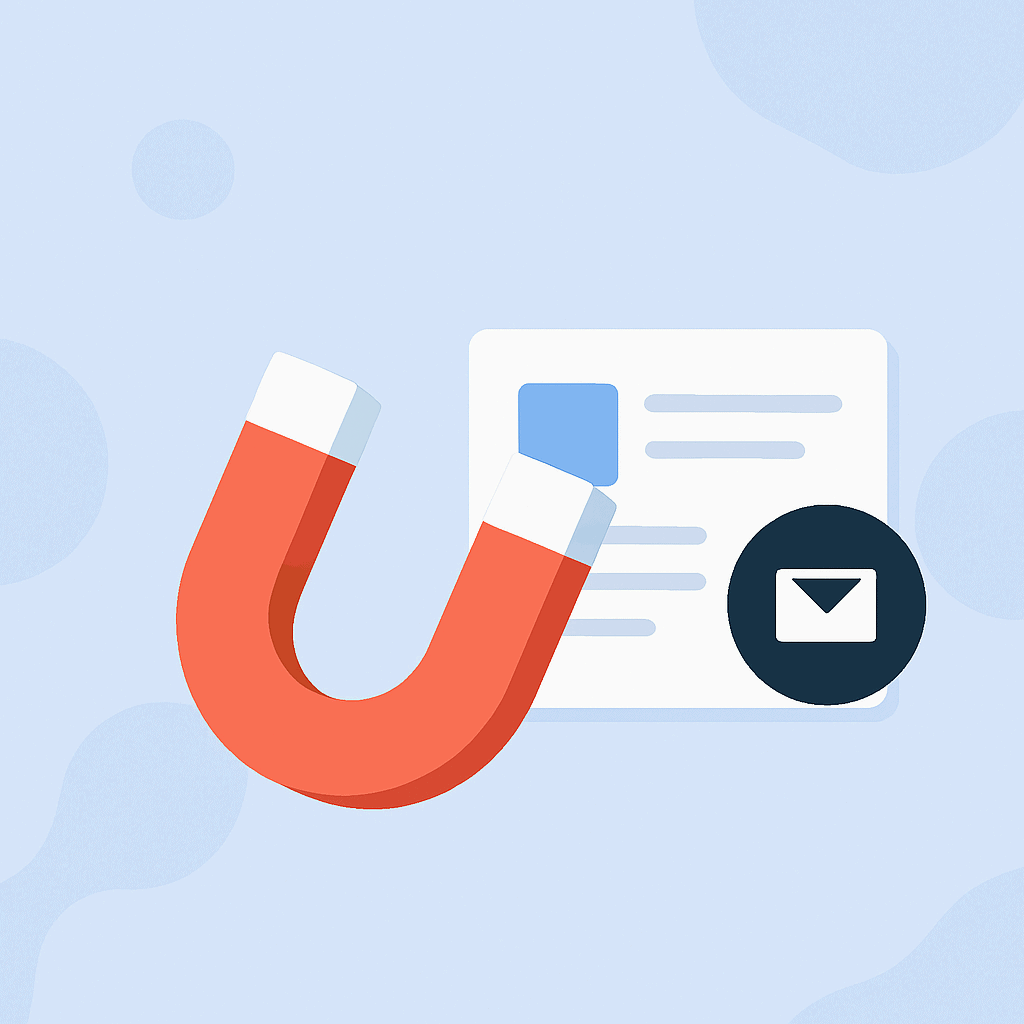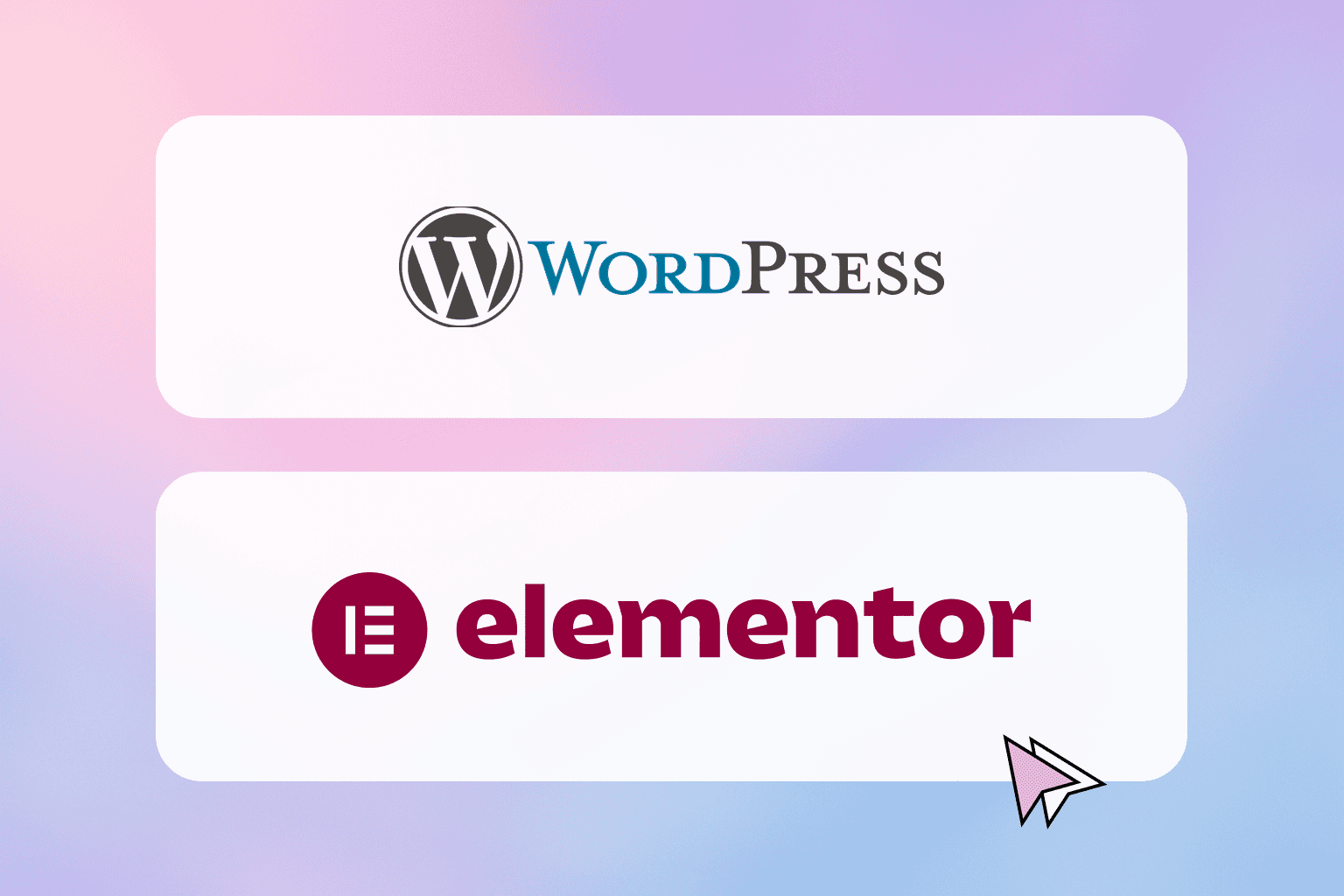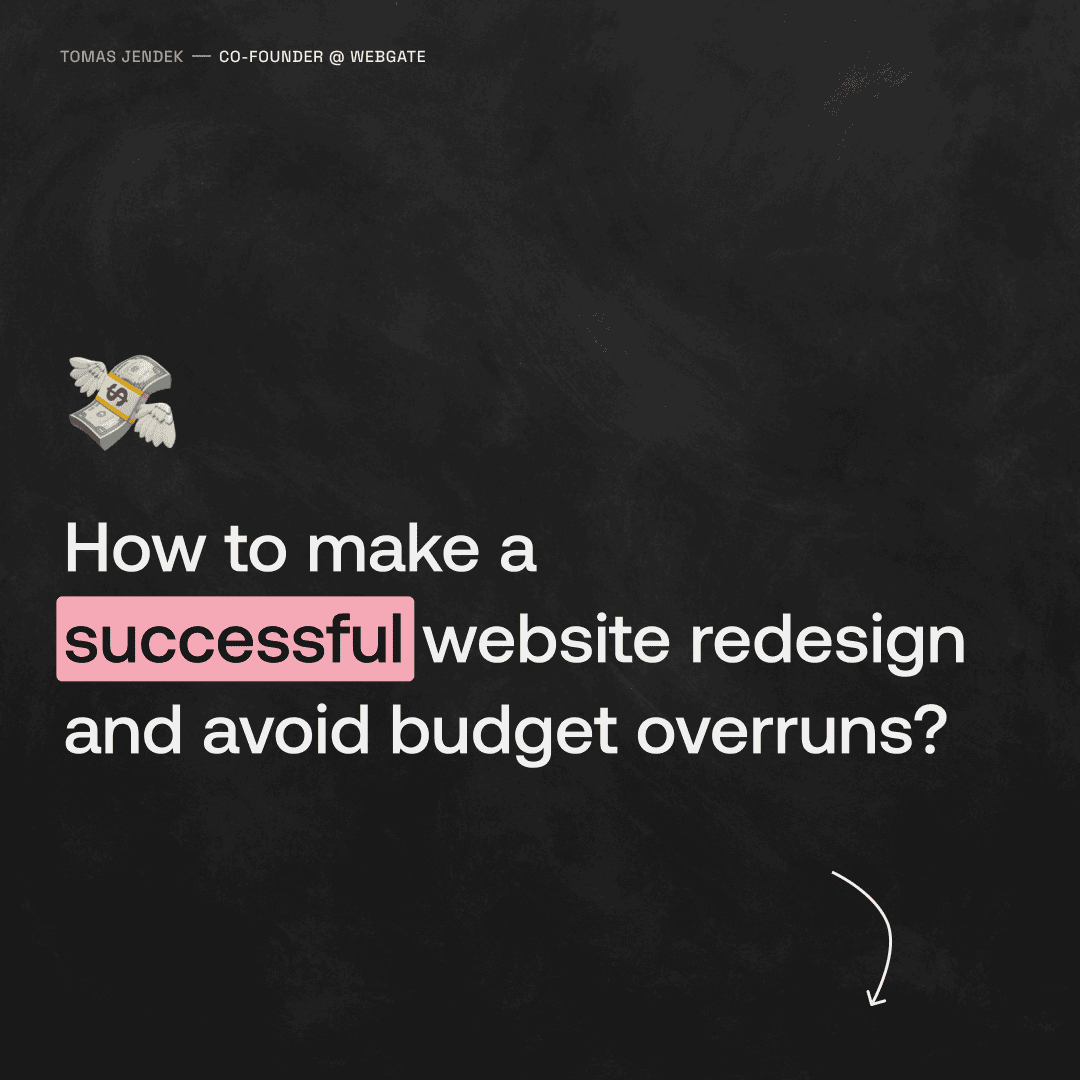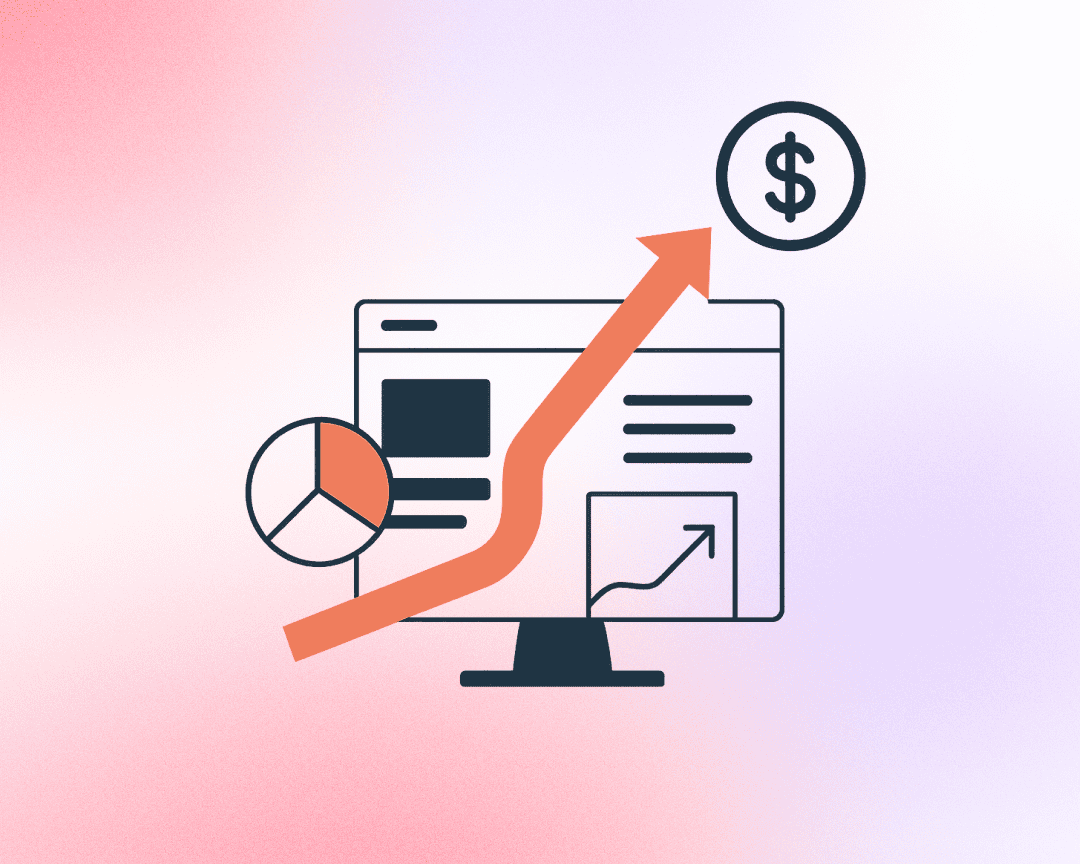A lead magnet is a valuable piece of content or offer that your target audience can access in exchange for their contact information (usually an email).
Think of it as a “give-to-get” strategy — you give something helpful, and in return, you get a potential lead. But not just any freebie will do. In the B2B software world, your audience is busy, skeptical, and looking for solutions, not fluff.
Know Your Ideal Customer
Before you create a lead magnet, get clear on who you’re targeting.
For a software company, that might be CTOs looking for scalable solutions, marketing managers needing automation tools, operations teams seeking efficiency, or founders of startups evaluating SaaS options.
Ask yourself:
- What problems are they trying to solve?
- What’s holding them back from solving it today?
- What questions do they ask during their buying journey?
Use this insight to shape a relevant and irresistible lead magnet.
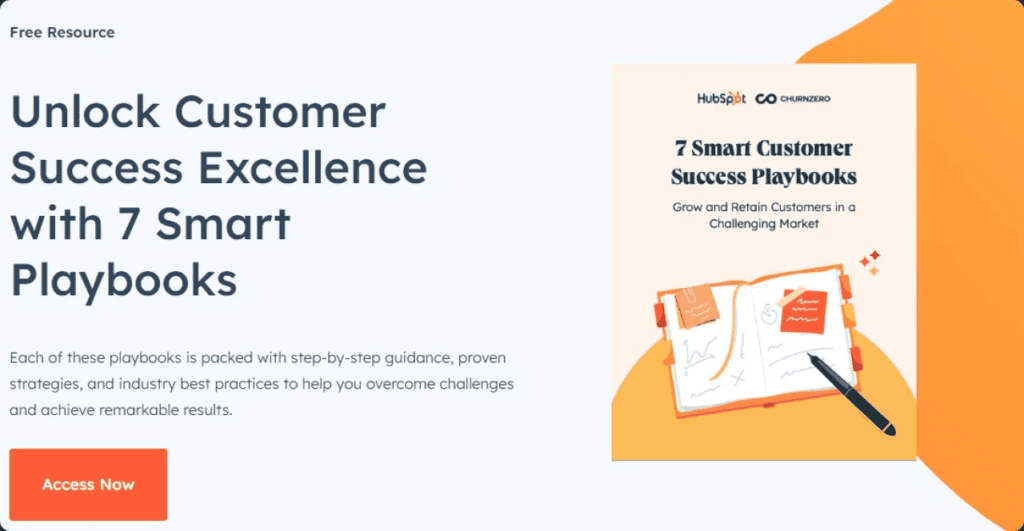
Choose the Right Type of Lead Magnet
Here are 7 proven lead magnet types that work well for software companies:
- Free Tool or Calculator – Let users input their own data and get instant value. Examples: ROI calculator for using your software or an efficiency audit.
- Case Study or Success Story – Real examples of how clients got results using your product. Bonus: include stats, quotes, and visuals.
- Checklist or Cheatsheet – Quick wins like “10-Point Checklist for Evaluating CRM Software” or a “Cheatsheet: How to Automate Your Onboarding Process.”
- Industry Report or Research – Turn your data into insight, e.g., “2024 State of Customer Support Automation.”
- Email Course or Video Series – Teach your prospects something valuable over 3–5 days to build trust and stay top-of-mind.
- Webinar or Live Demo – Offer live or recorded versions of high-value topics with real-time interaction.
- Templates or Frameworks – Provide ready-to-use assets like onboarding templates or implementation planning frameworks.
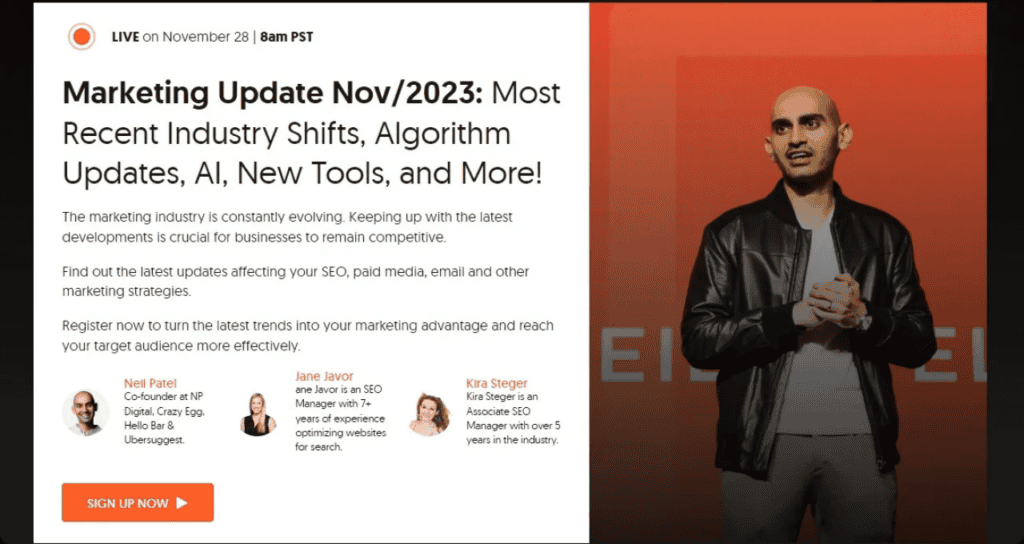
Make It Specific and Actionable
Avoid generic titles like “Download Our Whitepaper.”
Make it hyper-relevant and benefit-driven.
For example, instead of saying “AI Automation Whitepaper,” say “Get Our 7-Step Playbook for Cutting Customer Support Time by 30% Using AI Automation.”
The more specific the outcome, the better your conversion.
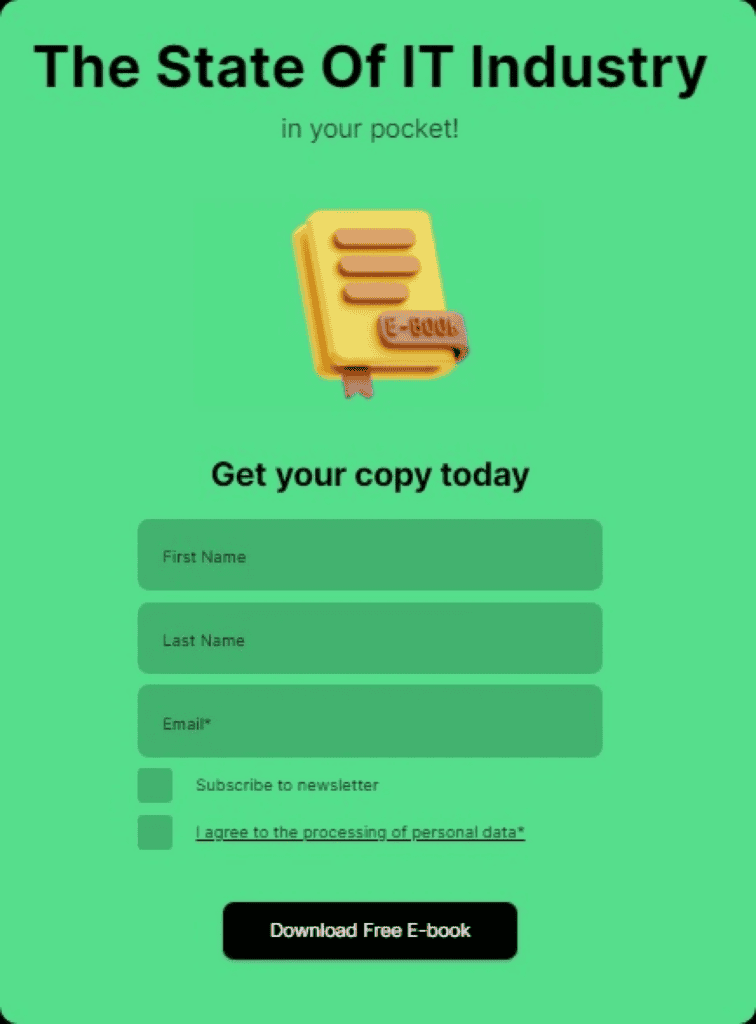
Keep the Signup Process Simple
Don’t scare away your leads with a 10-field form.
For most lead magnets, just ask for: First name, Email, and optionally Company name or Role (for segmentation). You can always gather more data later.
Use Strategic Placement on Your Website
High-converting places to offer your lead magnet include: your homepage hero section, blog sidebar and within posts, exit-intent popups, product pages, and a dedicated landing page (especially useful for campaigns or paid traffic).
Pro Tip: Align the lead magnet with the intent of the page.
A technical SEO guide won’t perform well on a pricing or comparison page.
Follow Up with a Lead Nurturing Sequence
Once they opt in, don’t go silent.
Send a 3–5 email nurture sequence that delivers the lead magnet, provides additional value, highlights how your product solves their pain point, and includes a soft CTA to book a demo or discovery call.
Your goal is to turn a cold visitor into a warm lead who sees your product as the logical next step.
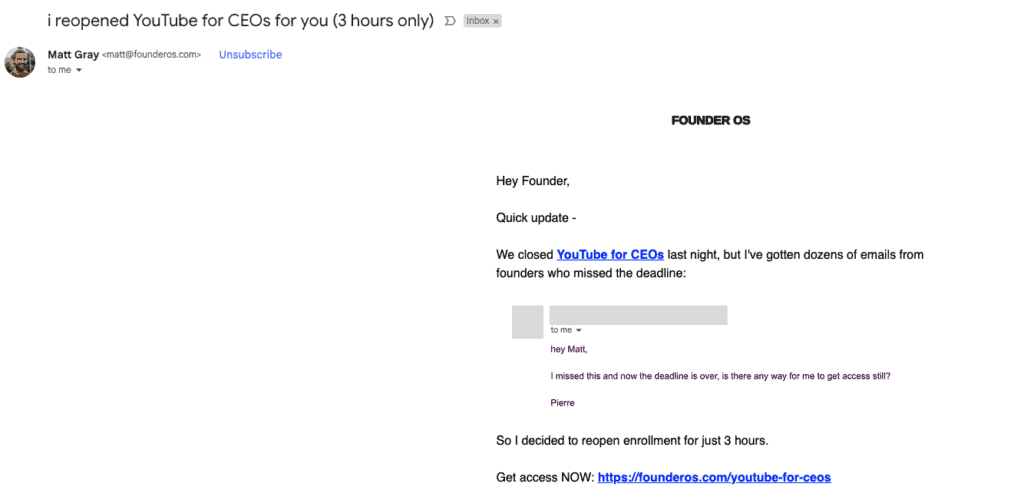
Bonus: Track Performance and Iterate
Monitor key metrics like conversion rate (visitors to leads), engagement (email opens and clicks), and lead quality (qualified leads vs. tire-kickers).
If results are weak, test new titles, formats, or value propositions.
Creating an effective lead magnet for your software company is all about understanding your buyer, solving a real pain point, and delivering value before the sale. When done right, your website becomes a lead-generation machine — turning visits into demos, signups, and paying customers.



